Kids' Summer Vacation in India: 7 Fun Gardening Projects
Previous PostSummer vacations are just around the corner, and with June approaching, kids and their parents all across India will soon be looking for fun and engaging activities to fill their days.
And instead of letting them watch YouTube all day, how about helping them gain insights into the wonderful world of gardening? Gardening is a fun and productive way to pass the time and a great opportunity for children to learn about nature, responsibility, and the joy of growing their own plants. This also teaches them the value of clean, homegrown food which is all the more important given the adulteration in our food supplies. Here are seven fun gardening projects to keep your kids entertained and educated this summer.
1. Learn to Create a Terrarium

Terrariums are miniature gardens housed in glass containers. They are easy to make and maintain, making them perfect for kids.
Here’s how to build one with minimal supplies:
- Gather a clear glass container, small pebbles, charcoal or moss, potting soil, and small plants or succulents.
- Start by placing a layer of pebbles at the bottom for drainage.
- Add a thin layer of charcoal or moss to keep the terrarium fresh.
- Fill the container with potting soil and plant your chosen greenery.
- Let your child decorate with tiny figurines or stones for a personalised touch.
2. Paint Some Pots

Painting pots is a creative activity that allows kids to express themselves while getting ready to plant their favourite flowers or herbs.
How to do it:
- Bring home some terracotta pots, acrylic paints, and brushes.
- Spread out newspapers or an old cloth to protect surfaces.
- Let your kids paint the pots with their favourite designs and colours.
- Once dry, they can use these pots for planting their chosen plants.
3. Learn More About Seeds and Plant Some

Understanding seeds is the foundation of gardening. Teaching kids about seeds and how to plant them can be a fascinating experience.
Here’s what you can do:
- Choose a variety of seeds from our collection of flowers, herbs, vegetables and microgreens.
- Show them the different types of seeds and explain how they grow.
- Fill small pots with soil, plant the seeds, and water them lightly.
- Place the pots in a sunny spot and watch the seeds sprout together.
4. Grow Microgreens at Home

Microgreens are easy to grow and are packed with nutrients. They are perfect for a quick and rewarding gardening project.
Steps to grow microgreens:
- Choose seeds like radish, sunflower, or mustard.
- Fill a shallow tray with soil and sprinkle the seeds evenly.
- Cover lightly with soil and mist with water.
- Place the tray in a sunny area and water daily.
- Within a week, you’ll have fresh microgreens ready to harvest and eat. And your children will feel a sense of accomplishment on having grown their greens.
Check out our grow kit for kids or the complete microgreen growing kit which includes everything you need to start growing your own microgreens at home.
5. Teach Them About Organic Food

Understanding organic food and its benefits can instil healthy eating habits and an appreciation for natural farming methods.
What you can do:
- Explain what organic food is and why it’s beneficial.
- Visit an organic farm or farmers' market.
- Compare organic produce with conventional ones.
- Encourage them to taste and identify the differences.
6. Identify Flowers from Pictures

Identifying flowers can be a fun and educational activity that enhances kids’ knowledge of different plants and their characteristics.
How to do it:
- Print out pictures of various flowers.
- Walk around your garden or local park and try to match the pictures with real flowers.
- Discuss the names and features of each flower.
- Create a scrapbook with pictures and notes about each identified flower.
7. Sketch Every Plant Part We Eat with Examples

Sketching plant parts helps kids understand the different parts of plants we consume and their functions.
Steps:
- Gather some sketchbooks, pencils, and coloured pens.
- Discuss and sketch different plant parts: roots (carrots), stems (celery), leaves (spinach), flowers (broccoli), fruits (apples), and seeds (peas).
- Let them label and colour each sketch.
- Display their artwork to celebrate their learning.
Gardening projects are a fantastic way for kids to spend their summer vacations. These activities keep them engaged and teach valuable lessons about nature, responsibility, and healthy living.


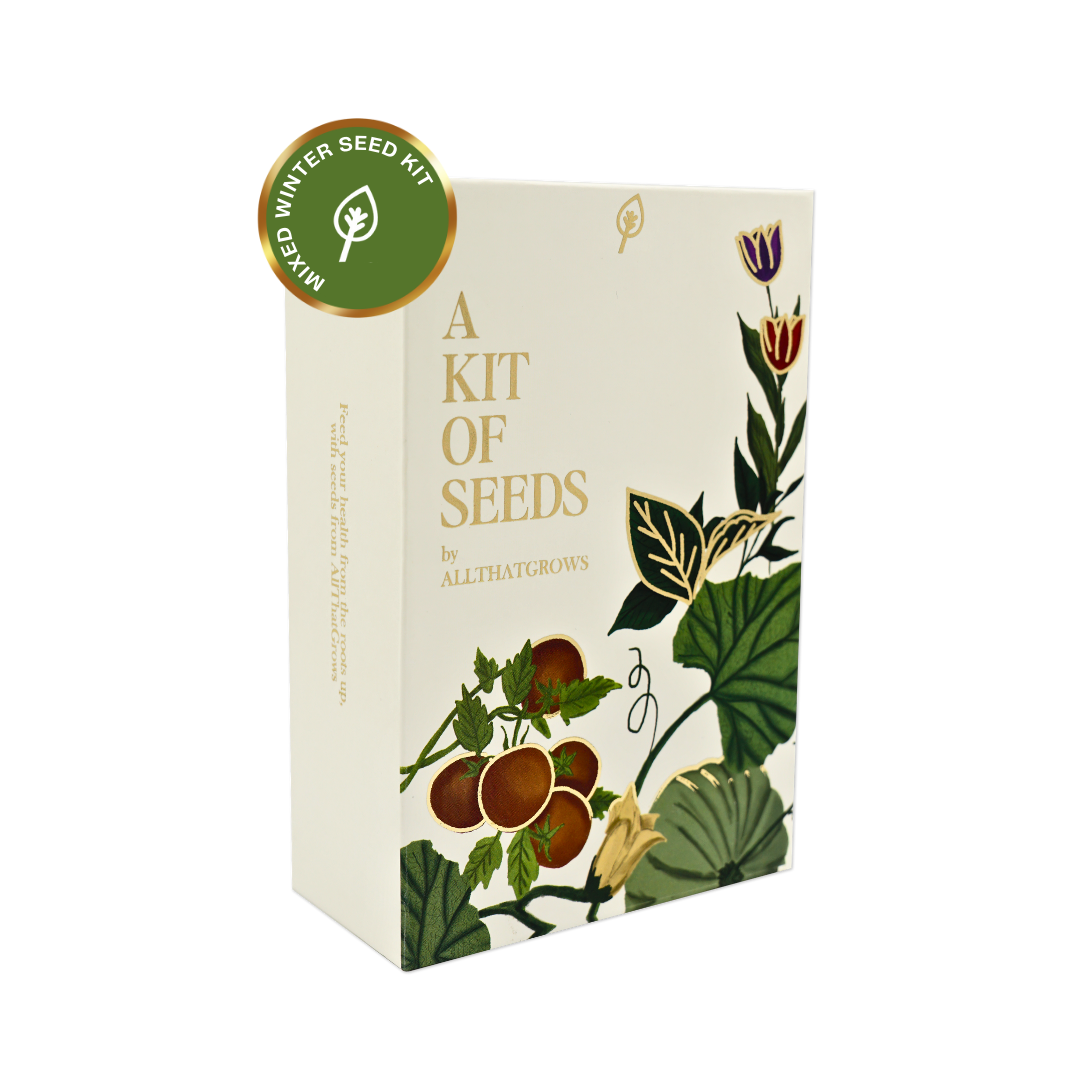



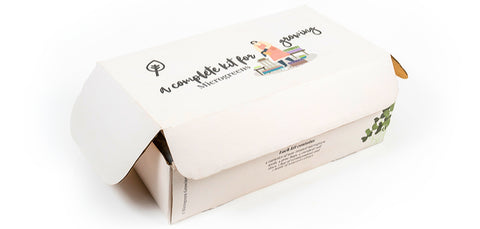







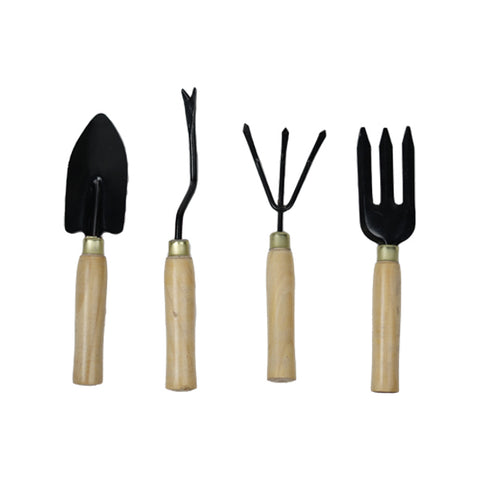
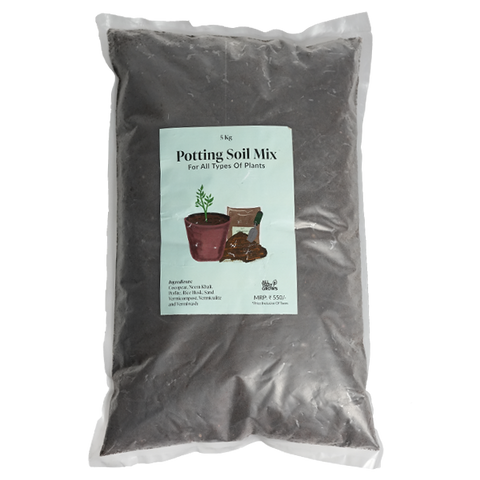
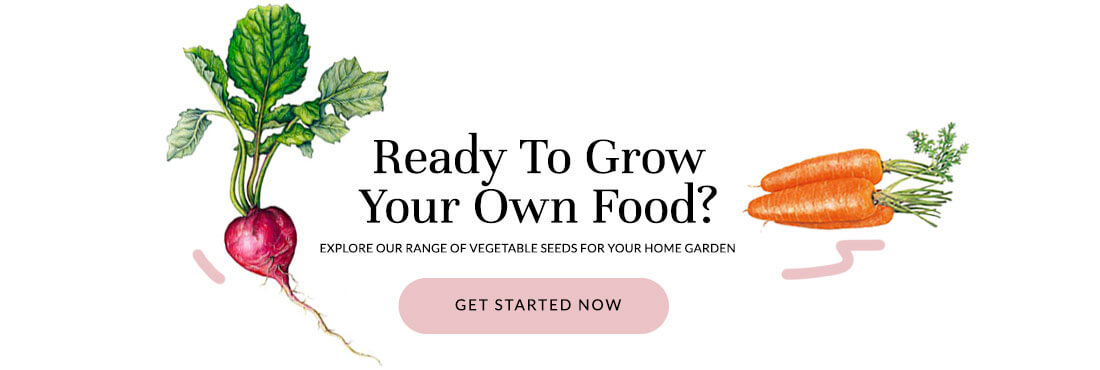

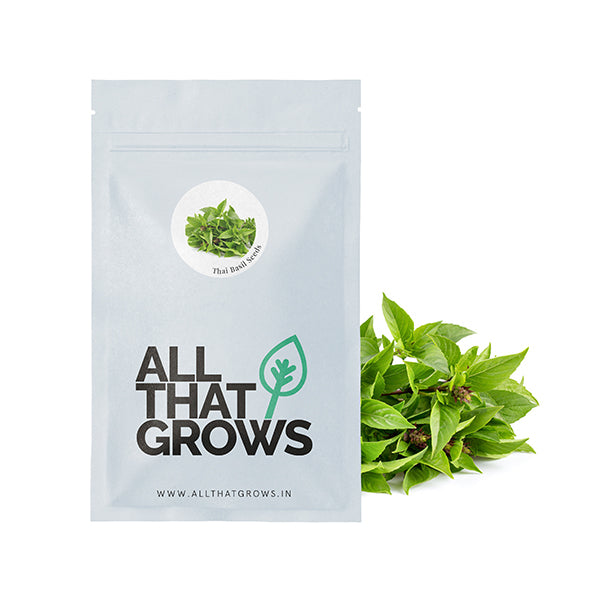
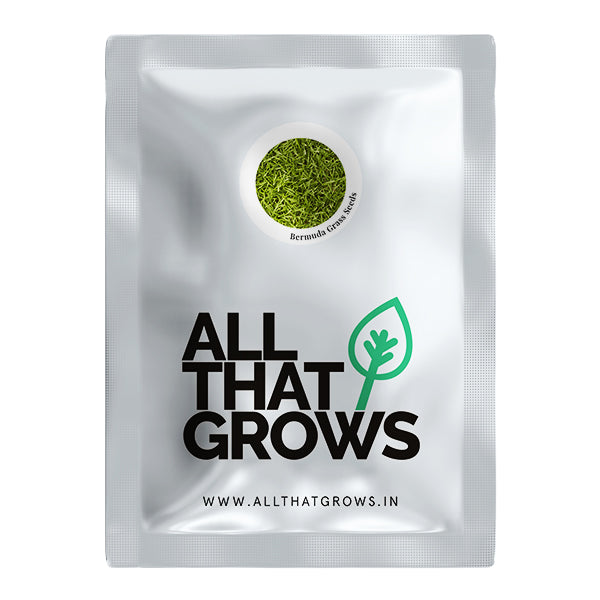
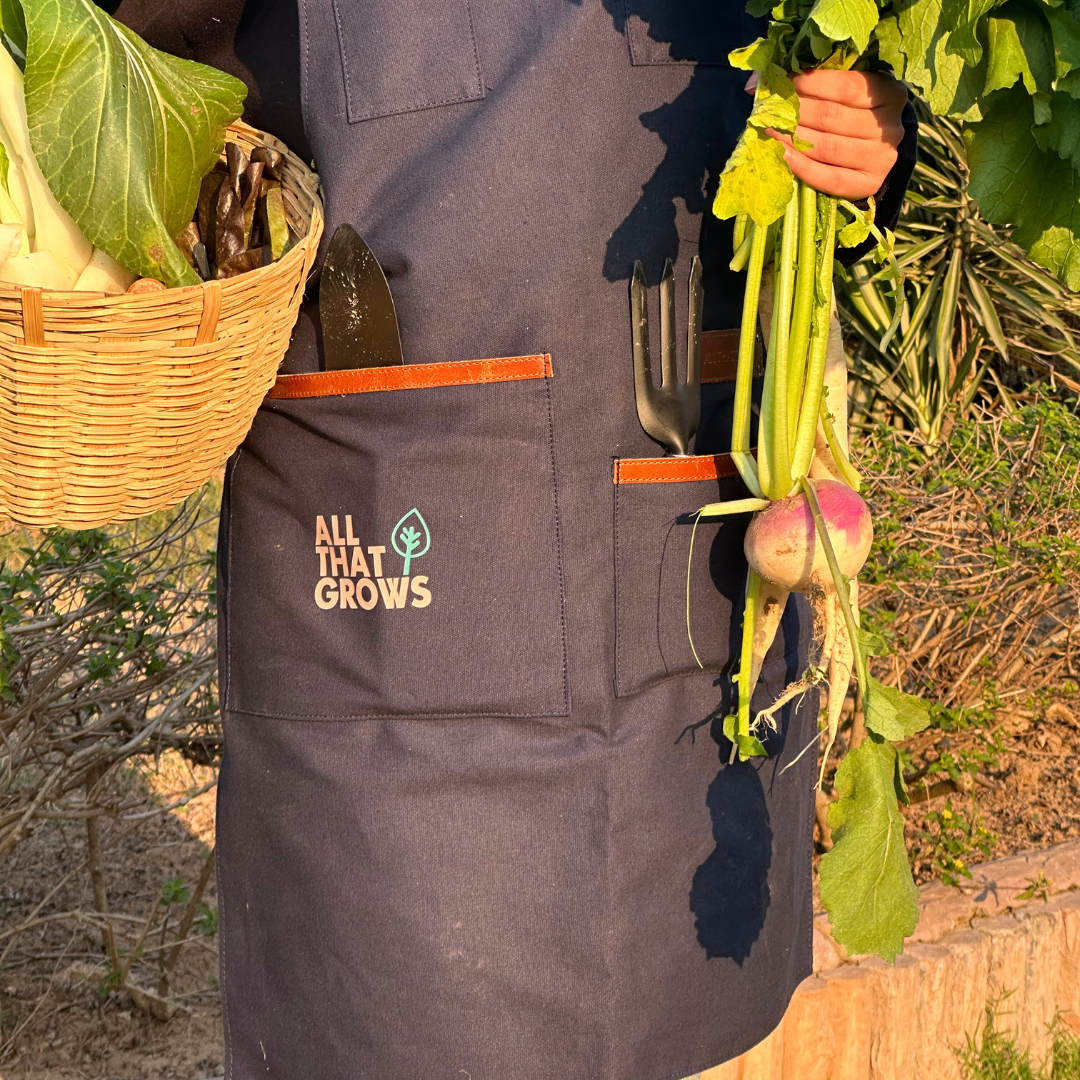

Leave a comment